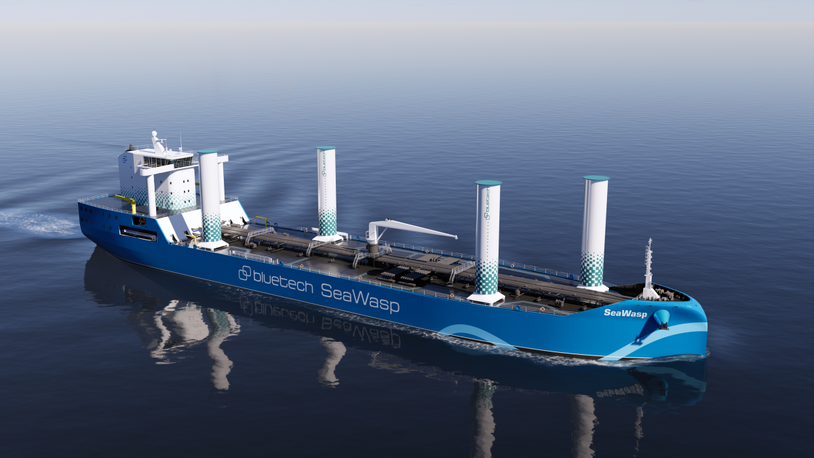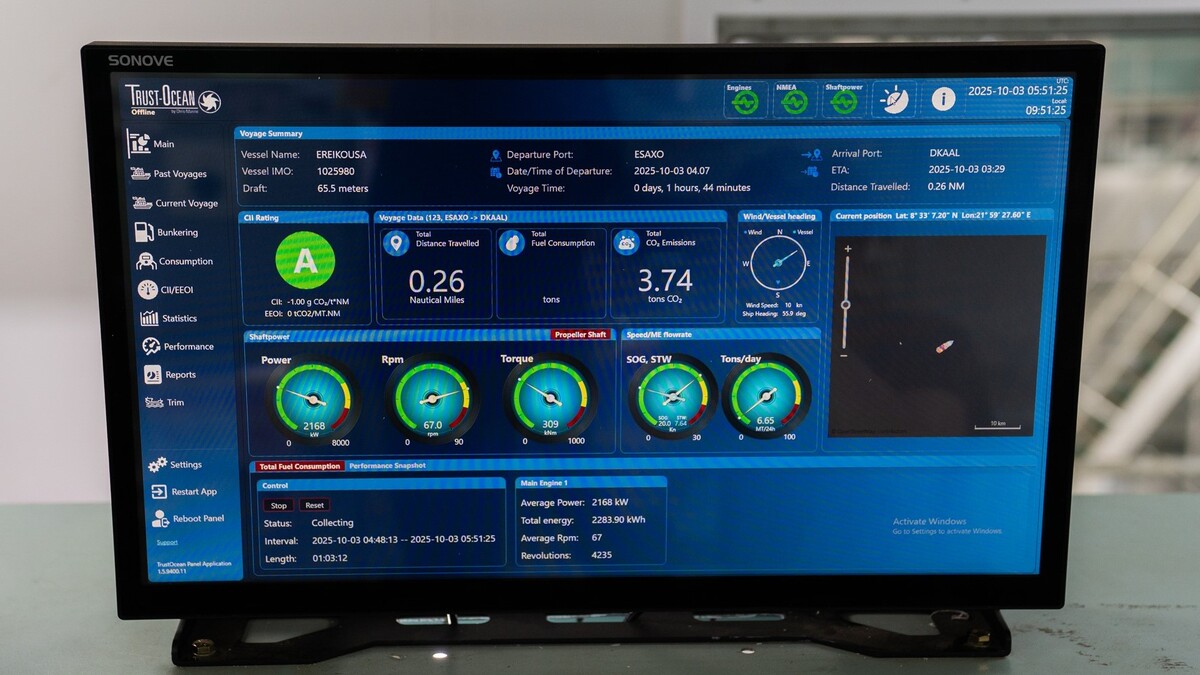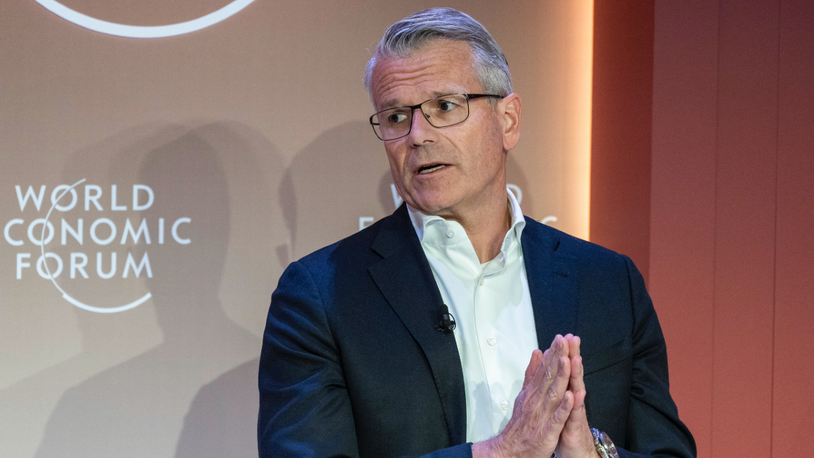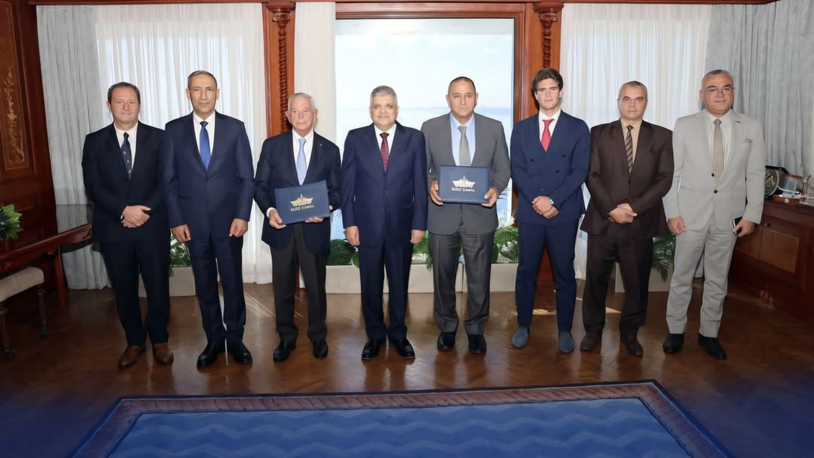Business Sectors
Contents
Register to read more articles.

International Seaways evaluates wind-optimised MR tanker design
Owner-led project hints at features of next-generation MR tanker newbuilds embracing wind and hull optimisation
International Seaways has announced it has led a joint research project to evaluate a purpose-designed, wind-optimised MR tanker concept, reporting modelled reductions in propulsion power demand and annual fuel consumption across representative voyages.
The company reported the concept is intended to test whether wind assistance can add usable power in future ships while preserving MR trade operability.
International Seaways director of performance and new construction Michael LaGrassa said the work looked beyond headline energy numbers to ensure the concept would function in day-to-day trading, with practical build costs and equivalent cargo capacity.
He said, “We focused on more than just energy savings and emissions reduction – our goal was a concept design that works in the real-world conditions of the MR trade. That meant ensuring reasonable build costs, equivalent cargo capacity and a design fit for purpose.”
He added, “Our approach was to test a wide range of scenarios across the MR trade, rather than rely on selectively favourable assumptions."
International Seaways reported that advanced simulations on one representative MR route from San Francisco to South Korea showed total savings of up to 876 kW of propulsion power, equating to about 597 tonnes of fuel per year, compared with a conventionally powered reference vessel.
The same package of analyses reported a lower-end case on a South Korea to Singapore route, where prevailing winds reduced the benefit to 275 kW and 186 tonnes per year.
The wind-focused concept drew on a modified MR baseline, described as approximately 12% more efficient than typical tanker performance profiles in the sample fleet, with further gains claimed from above- and below-waterline refinements developed during the study phase.
The project also referred to a new fin arrangement under the hull that in computational fluid dynamics runs reduces power demand, and to an aero-treated upper deck and superstructure intended to trim wind disturbance.
International Seaways partnered with Bluetech Finland Ltd, which modified its BT50 design to extract maximum forward thrust from two 35-m Norsepower rotor sails.
"We set out to develop a ship that is entirely WASP-optimised, but maintains every essential operational feature and meets all trade-specific terminal and port restrictions,” said Bluetech director of energy savings solutions Sam Robin.
The project also examined which rotor sails configuration, four smaller 24-m devices instead of the two 35-m devices, had the best combination of cost versus thrust.
“Each configuration had slightly better performance profiles in different conditions of apparent wind,” said Norsepower sales engineer Severi Sarsila, with the larger pair having a higher potential at the upper end of the savings spectrum and a lower overall quoted cost.
Riviera’s Tankers 2030 Conference, Singapore will be held 19-20 November 2025. Use this link for more information and to register for the event.
Related to this Story
Events
International Bulk Shipping Conference 2025
Tankers 2030 Conference
Maritime Navigation Innovation Webinar Week
© 2024 Riviera Maritime Media Ltd.













